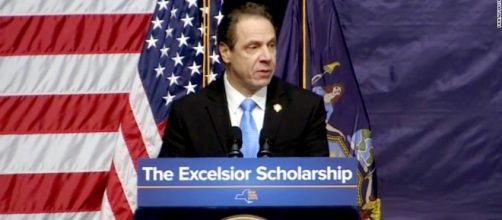On April 9th, the “Excelsior Scholarship” was included into the budget of New York State and passed into law by the state legislature. On April 12th, Gov. Andrew Cuomo signed the bill, which he’d proposed back in January, in a bill signing ceremony. In short, New York State has become first in the nation to provide free tuition to students attending public colleges.
On the New York State website it declares its goals for this plan, asserting that “making New York State's public universities tuition-free will alleviate the financial stresses of student loans and put more New Yorkers on a path to financial security.” Former secretary of state and New York senator Hillary Clinton, who was present at the bill signing ceremony, echoed this sentiment, saying, “it’s the fastest way to give working and middle class families a raise.”
Requirements
To qualify, the student must come from a family that makes less than $100,000 a year.
That threshold will gradually be raised, reaching $125,000 by 2019. Students must also take at least 30 credits per year, and can reach that credit requirement throughout the calendar year. As a form of incentive, this free tuition is only available to students set to graduate on time who receive good grades. On the state’s website it said this “will encourage more students to graduate on time and will grow the number of graduates from our public universities.” To make sure that the state sees the fruits of its labor, students benefiting from this new initiative must stay and work in New York for at least four years after they graduate. There will also be funding allotted for e-books to lower costs for students, but the bill will not cover the cost of room and board, or any other additional fees.
Realities
However, despite the appeal of this loftily named bill, it’s not perfect. This bill will be of most benefit to the students who go to college straight from high school and graduate on time. But a growing number of college students in New York don’t fit that mold, since there are quite a number of students who go to school part time and take a bit longer than the traditional two or four years to graduate.
Those part time students often come from low income families, and have to work to make ends meet. So, ironically enough, the bill meant to help low income families won’t be helping them at all. According to the New York Times, “at the state’s community colleges, more than 90 percent of students would not qualify for free tuition based on those requirements.
Even at its four-year colleges, 60 percent would be ineligible.”
Also, those who are eligible for this program will benefit, but when one looks closer it’s hard to say just how much. They will still have to pay out of pocket for fees associated with living on campus, which according to CNN, “can add up to $14,000 a year.”
However, this bill is still a step in the right direction, and it will be interesting to see the effect it has on higher education in the state.

